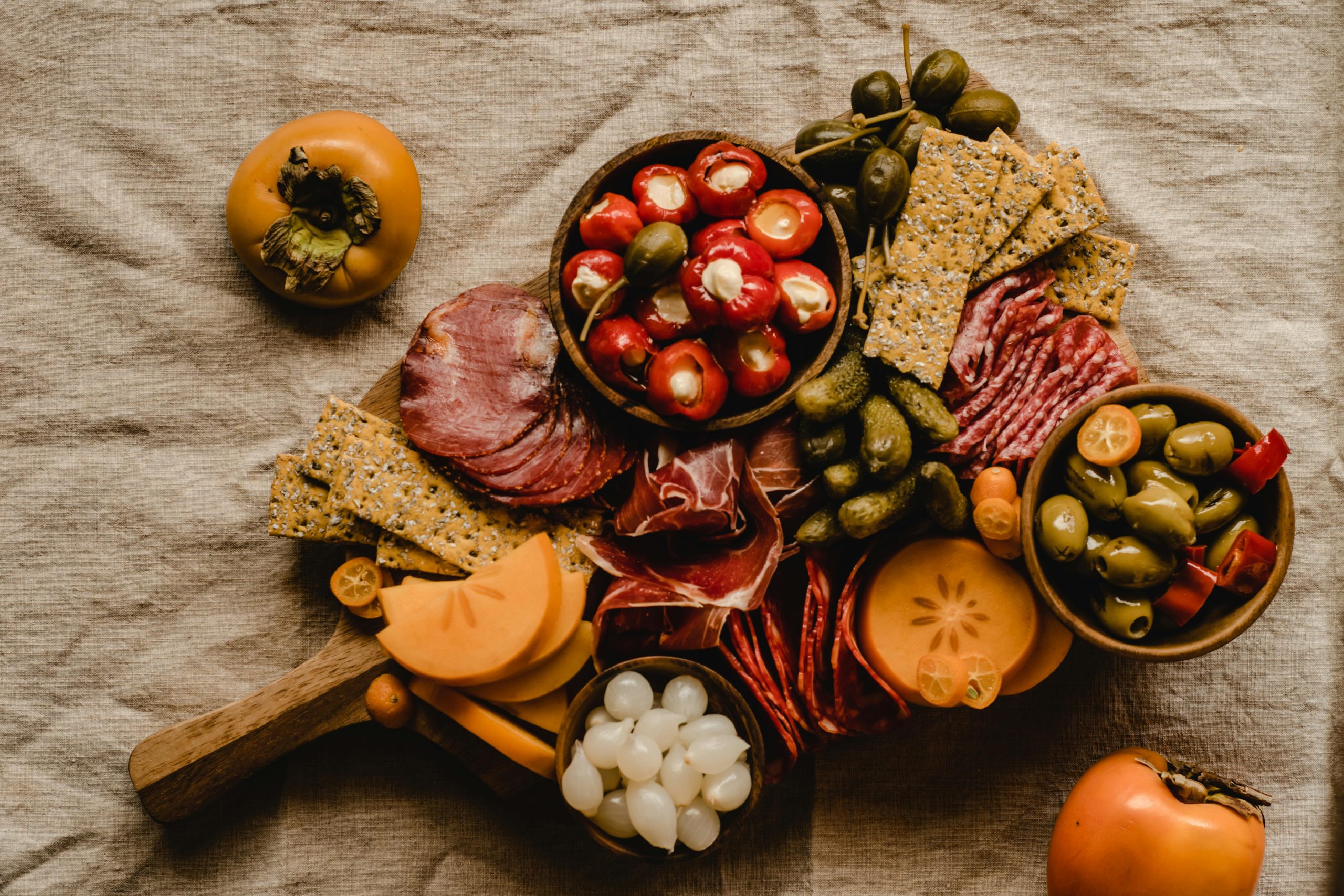Travel China by 24 Solar Terms Cultural Immersion Through Seasonal Journeys Imagine this: your travel dates don’t just decide where you go. They also decide what you experience. This includes…
Travel China by 24 Solar Terms Cultural Immersion Through Seasonal Journeys
